Treatment
If you’re suffering with pain, headaches, digestive issues or other conditions, osteopathy may be able to help. Learn what can be treated with osteopathy.
What Can Be Treated With Osteopathy?
Osteopathy is a holistic alternative therapy that can safely treat pain, dysfunction and restrictions by focusing on the interconnectivity of the body’s structures and systems.
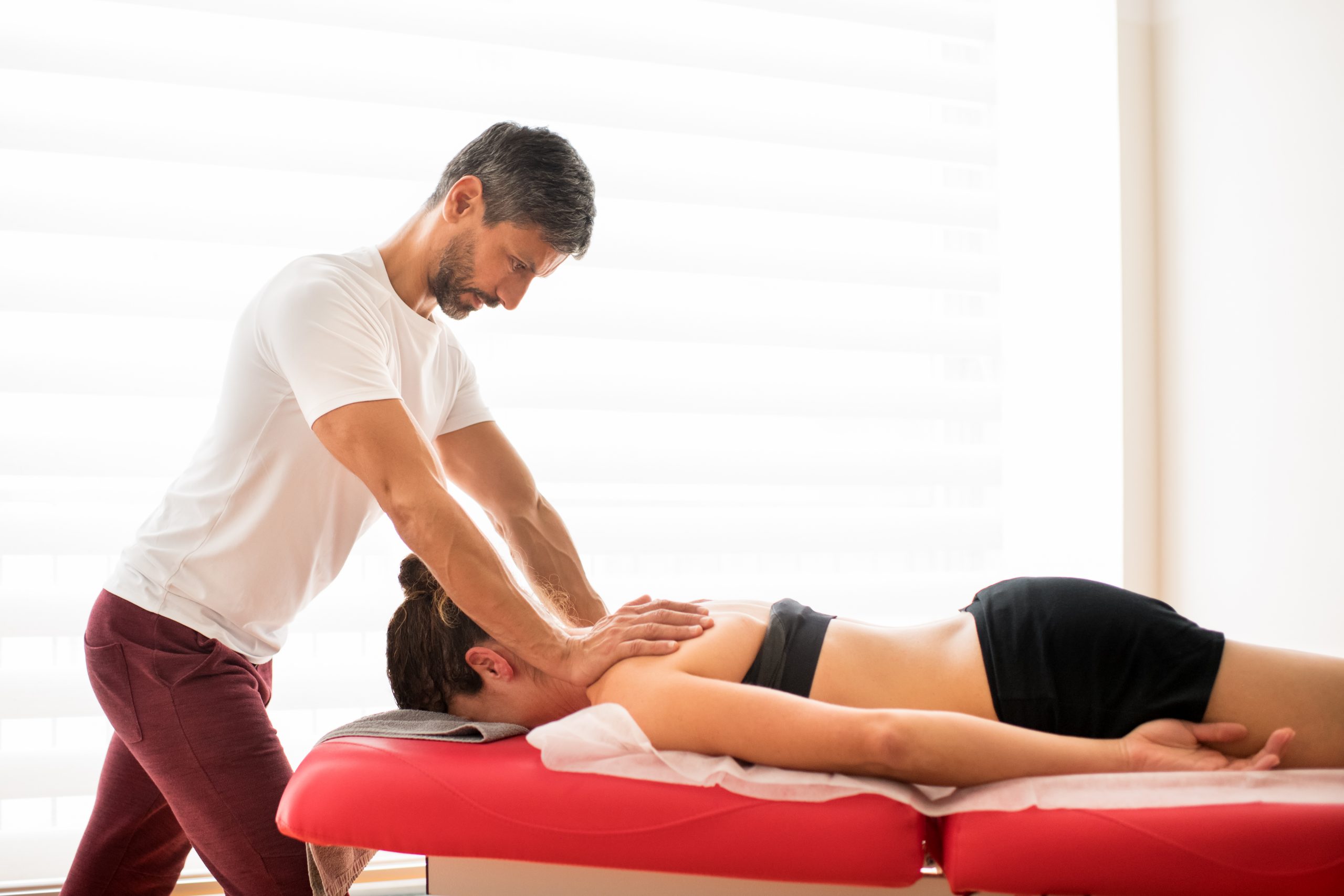
Neck
The neck is extremely flexible, but it can be injured easily (ask anyone over 30). As the gateway to the head, many other structures exist within it and depend on it, including your lymphatics, carotid arteries, jugular veins as well as nerves supplying the shoulders and organs. Injury, misalignment, restrictions and blockages in the neck frequently contribute to pain, discomfort and dysfunction elsewhere in the body.
Shoulder
The shoulder joint has a large amount of flexibility and range of motion. Unfortunately, this means it sacrifices some stability. Injuries and dysfunction occur easily and often in the shoulder. Shoulder pain can be caused by poor posture, physical trauma (e.g. falling on outstretched hands), exercise your body isn’t accustomed to, or excessive repetition of a task. The shoulder is the gateway to the arm, which means shoulder injury can often affect other parts of the upper body.
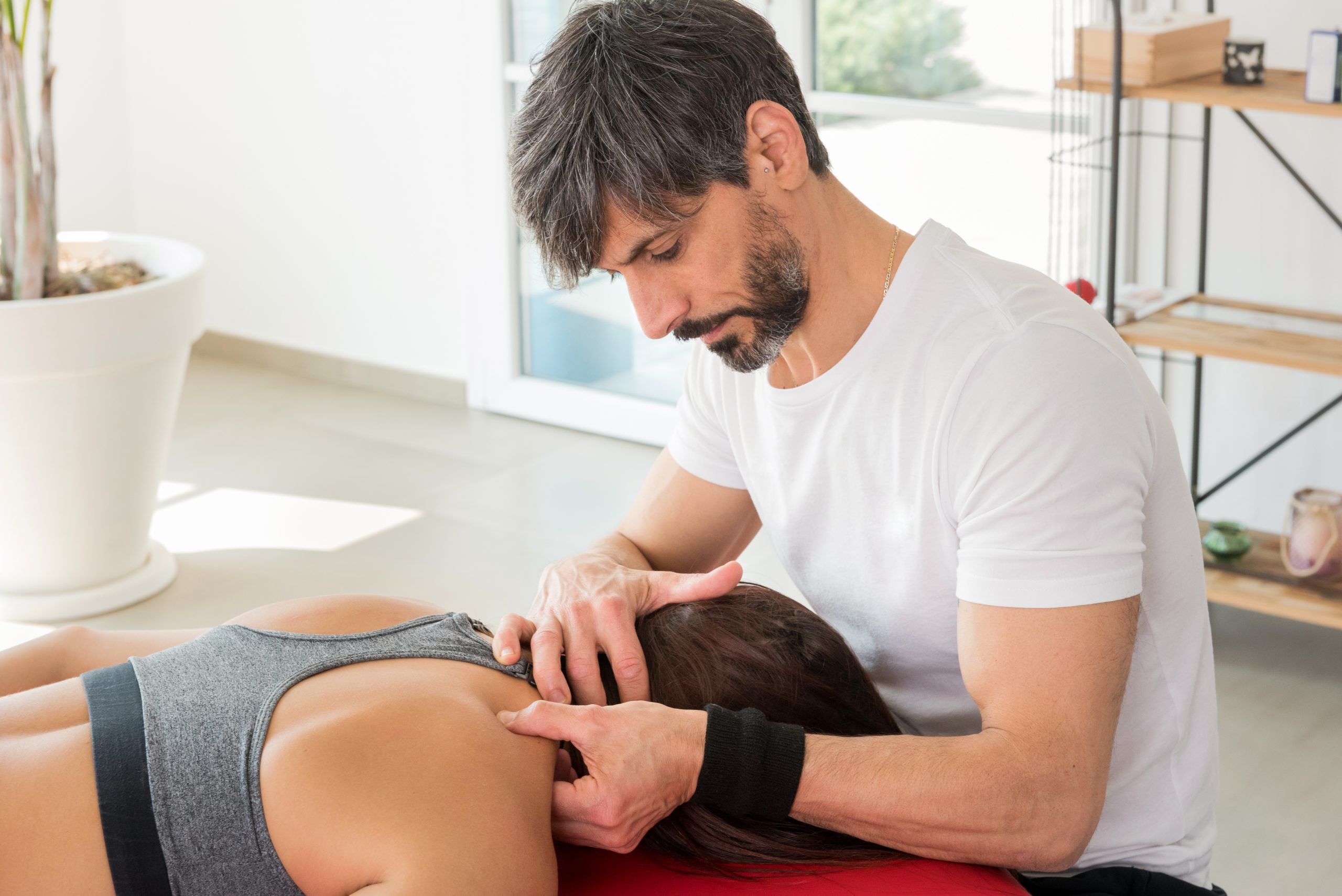
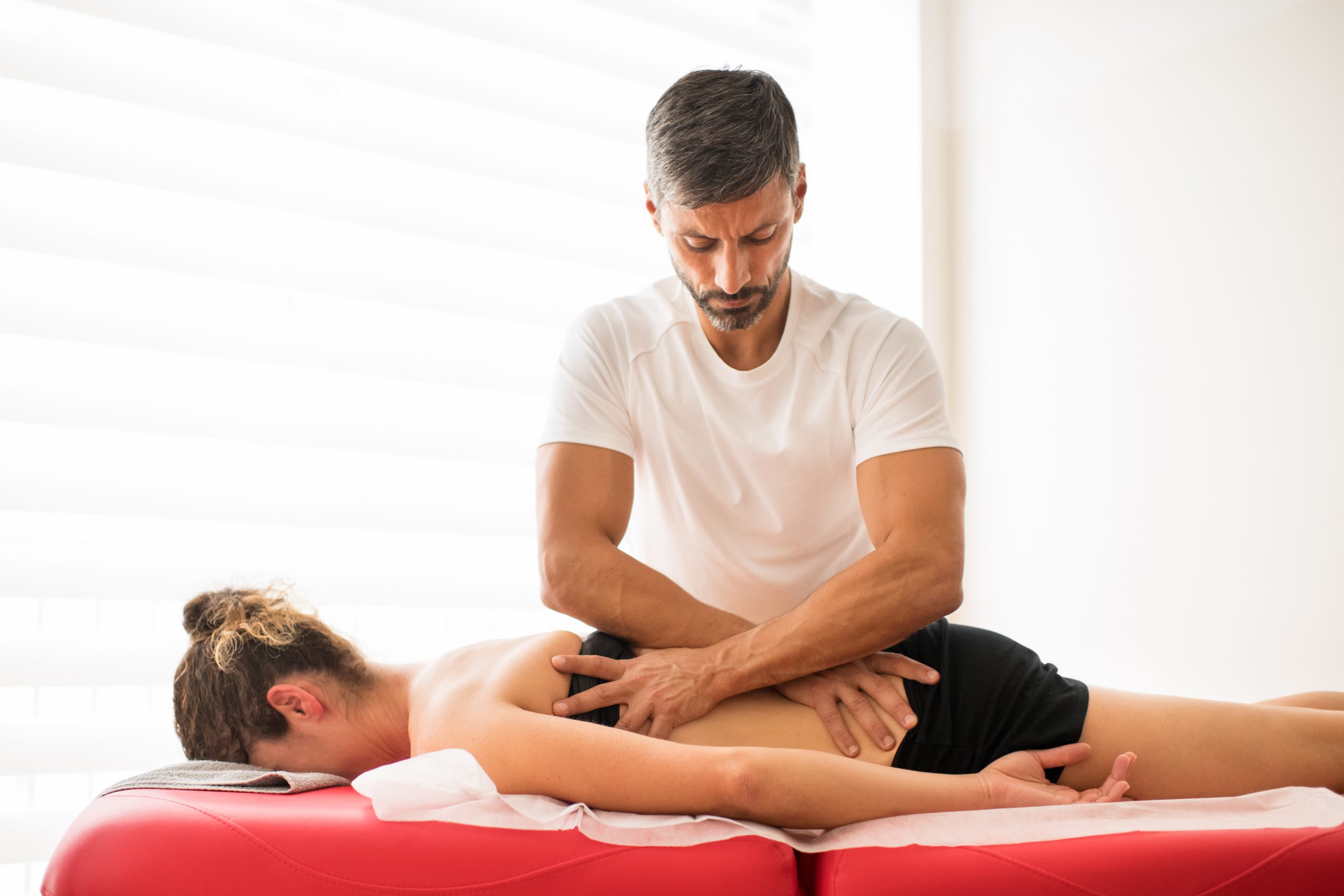
Spine
Your spine is what allows you to walk upright. It provides the structure required to allow muscular contraction to propel us forward in an upright position, as well as redistributes weight from the upper body to the lower body. Our spine also protects our spinal cord, which houses most of the nerves running from the brain to the rest of the body. These nerves are responsible for sending and receiving instructions from the brain to the body, and vice versa.
Elbow
The elbow plays a very important role in the body. In addition to allowing movement to occur through your forearm, it is also an anchor point for most of the muscles in your wrist, fingers, and thumbs. Without proper motion, nerve supply and support, the elbow can easily break down and lead to pain and stiffness, difficulty grasping objects and controlling hand and wrist movements.
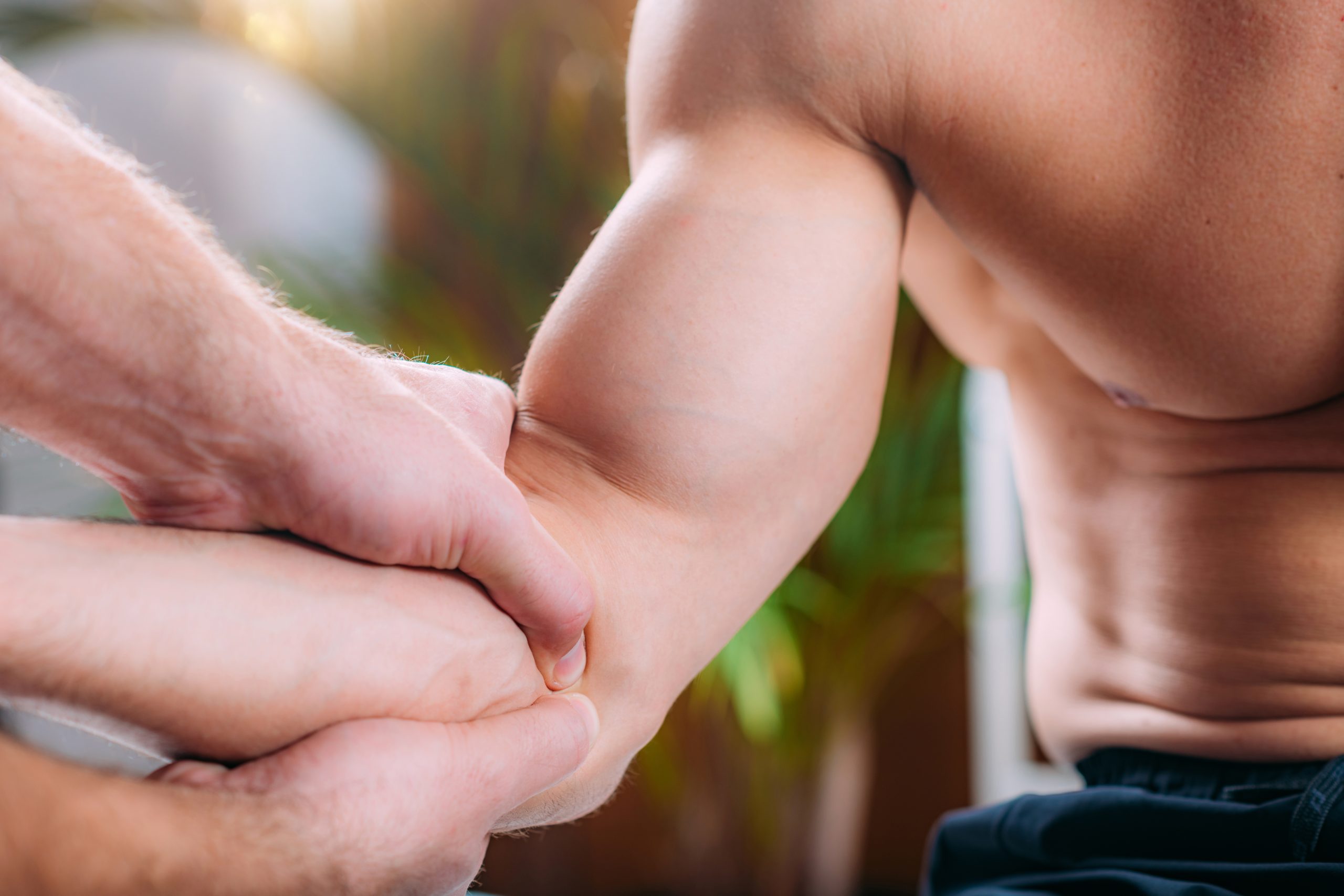

Wrist
Of all the bones and joints that make up the human body, over a quarter of them are in your hands and wrists (this is why you can make complex and intricate movements with them). The 21st century lifestyle involves a lot of repetitive movements that can lead to stress injuries, strains, swelling and pain. Osteopathy focuses on controlling the aggravating factors to restore hands to their natural, pain-free state.
Hips
Your hips provide the support, stability and flexibility which allows the rest of the body to move as it should. Osteopathic treatments can increase hip flexibility and strength, correct misalignments and relieve pain and inflammation that can impede mobility.

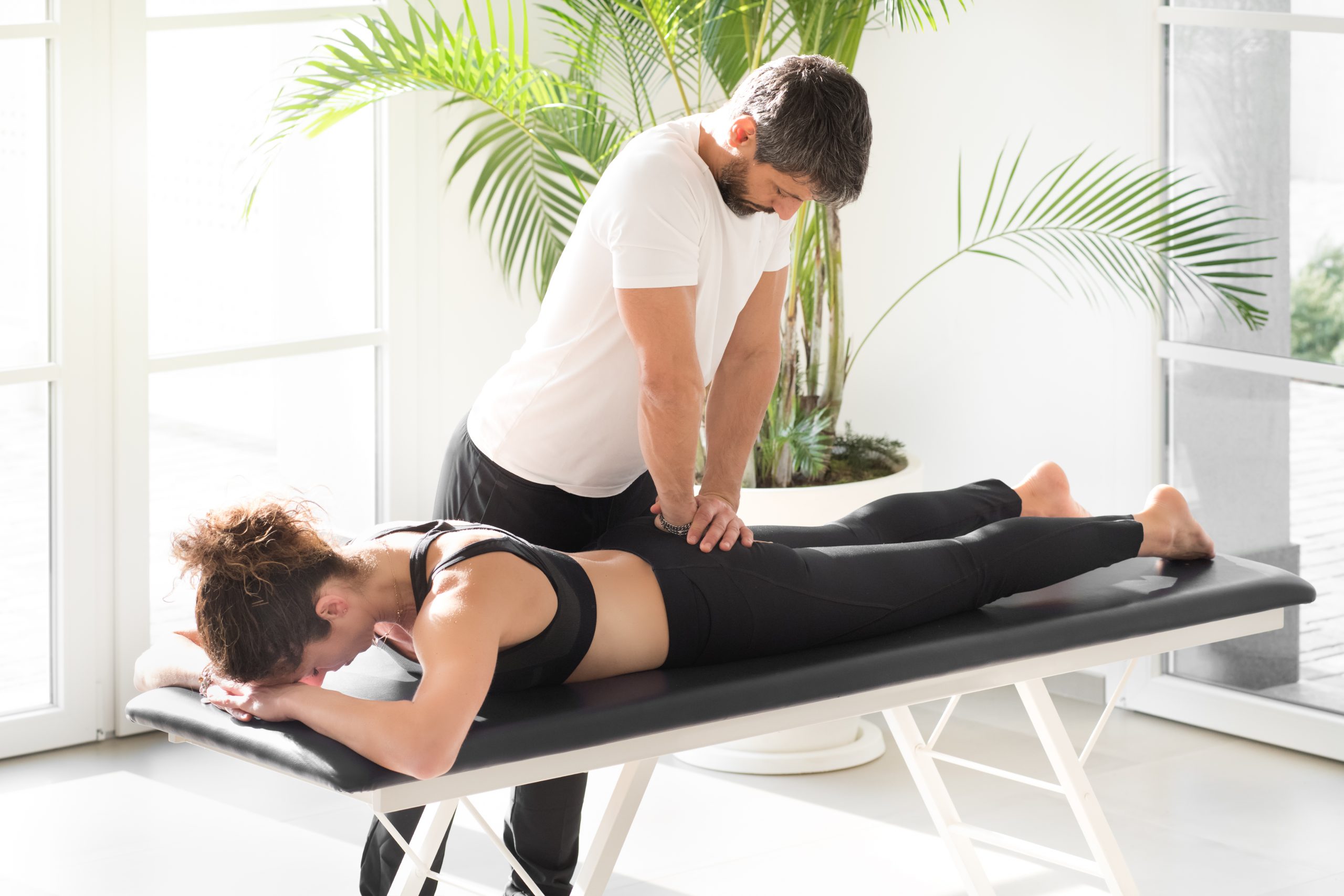
Pelvis
Often overlooked, the pelvis plays an important role in our health and wellbeing. It is the gateway from our legs to our spine, and helps distribute the weight from our middle and upper body into our legs. The pelvis also helps support our abdominal viscera. Without the support, stability and mobility of the pelvis, pregnancy can be a very traumatic experience, making the health and functionality of the pelvis of particular importance for expecting mothers.
Want to learn more about osteopathy for pregnancy? Reach out to Collingwood Osteopathy today.
Jaw
Due to the close proximity of the jaw to the cervical spine, as well as its attachment to the skull and the strong forces that can be applied to the joint, it can often be an area of dysfunction and pain. Osteopathic treatments for jaw pain may also help to relieve neck pain and migraine headaches.
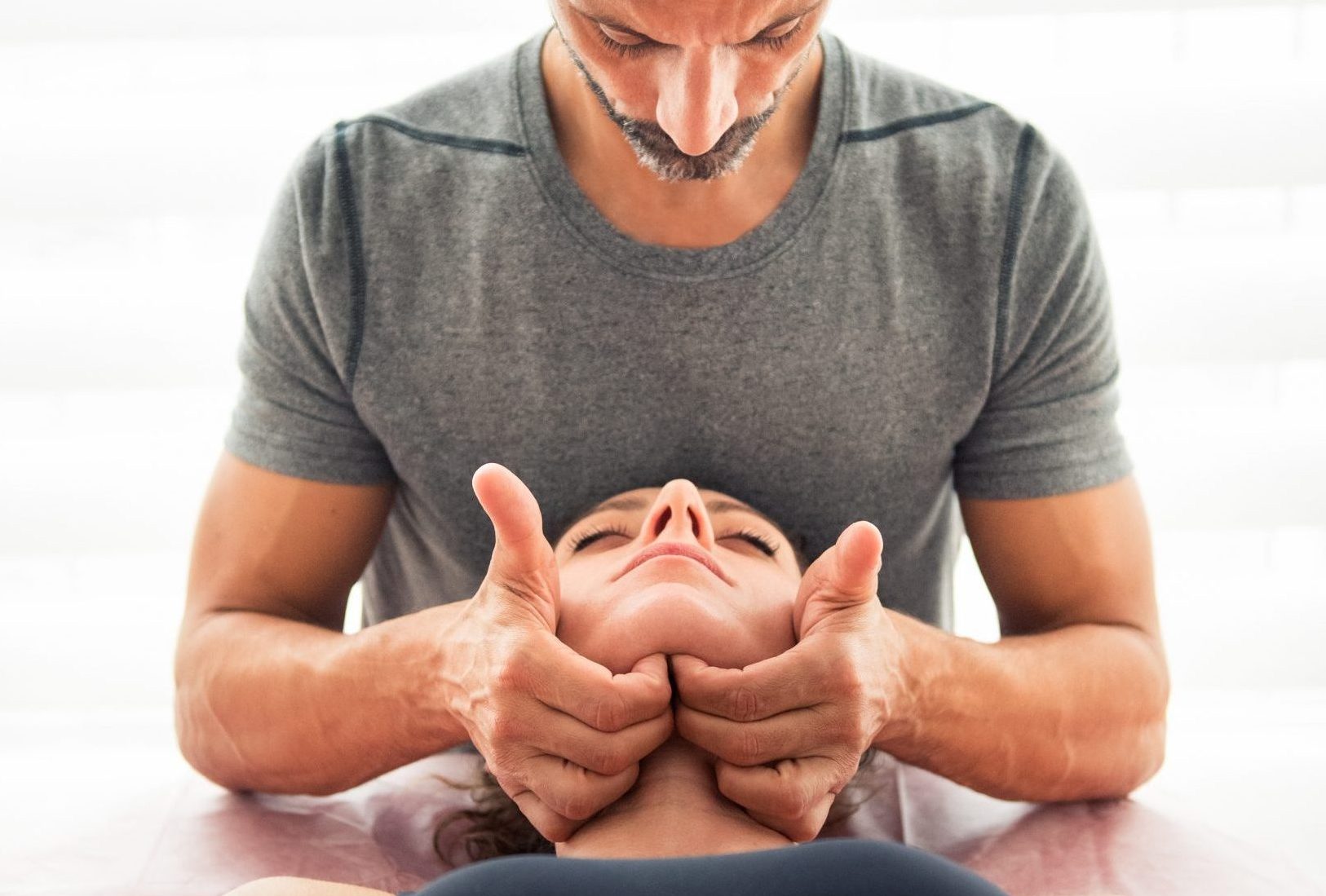
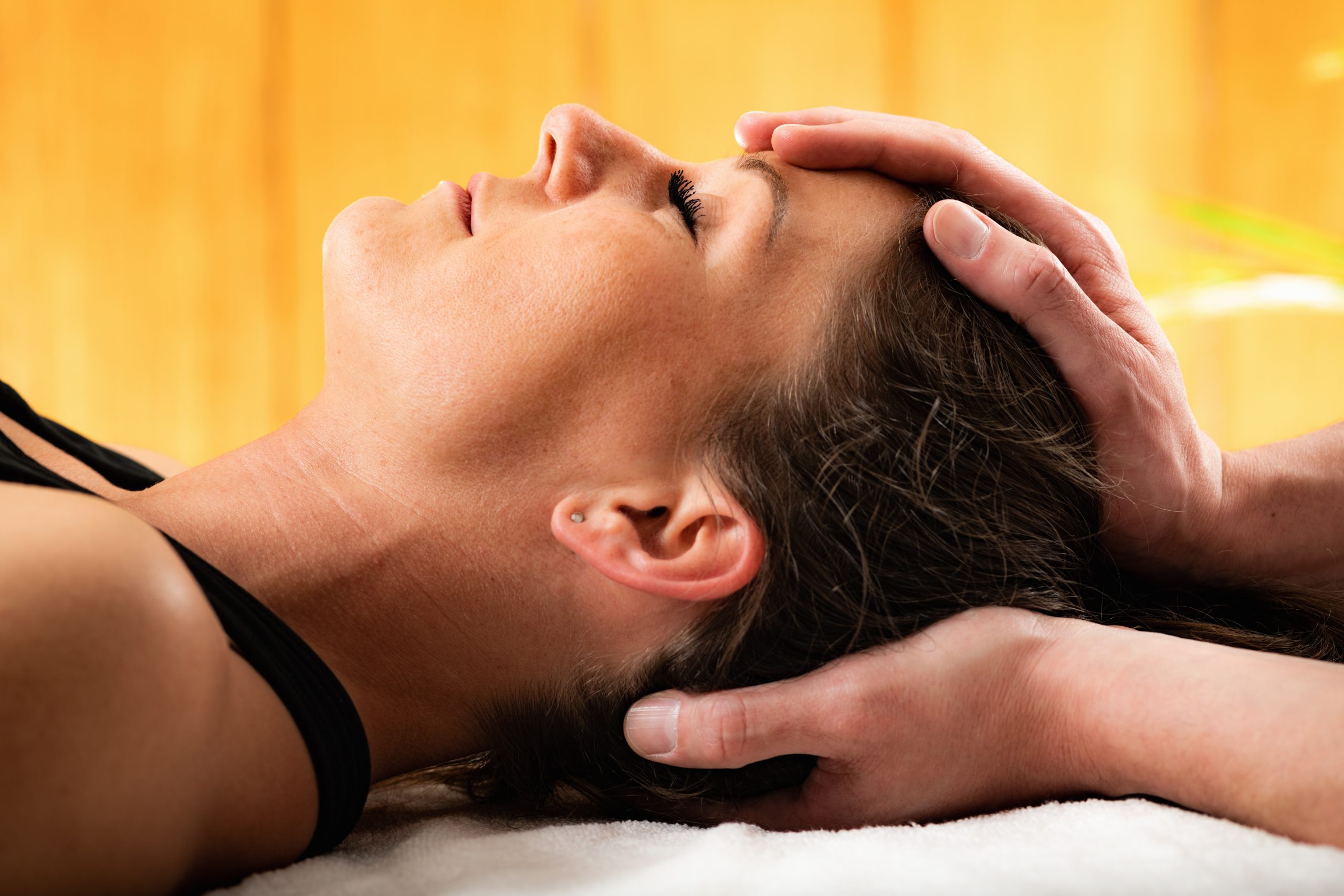
Head
There are 22 bones in your head and each is capable of moving in relation to the others. When tension occurs as a result of physical trauma, postural misalignment or some infections, pain and dysfunction are often the result. We can help relieve that tension and facilitate healing.
Digestion
Nutrients are absorbed through your gut, which is also the seat of your immune system. With the diaphragm above and the pelvic floor below, your digestive organs are supported by two important groups of muscles. Osteopathic treatments help ensure these muscles and surrounding connective tissue are working as they should be, as well as help facilitate movement and circulation that are crucial to digestive and overall health.


Pelvic Floor
The pelvic floor is composed of the muscles that help hold your organs in place and help provide the abdominal pressure needed for core stability and support. Without proper function of the pelvic floor, it can result in pain, instability and poor control through the hips, pelvis, abdomen, spine and organs.
Lungs
Your lungs excrete waste products like carbon dioxide from the body. Healthy lungs that are working as they should means fewer infections (colds, flu, etc.) and other, more serious illnesses. Flexibility in your diaphragm and rib muscles allows you to breathe deeply and well. Osteopathic therapy improves flexibility, allowing the lungs to do their job.
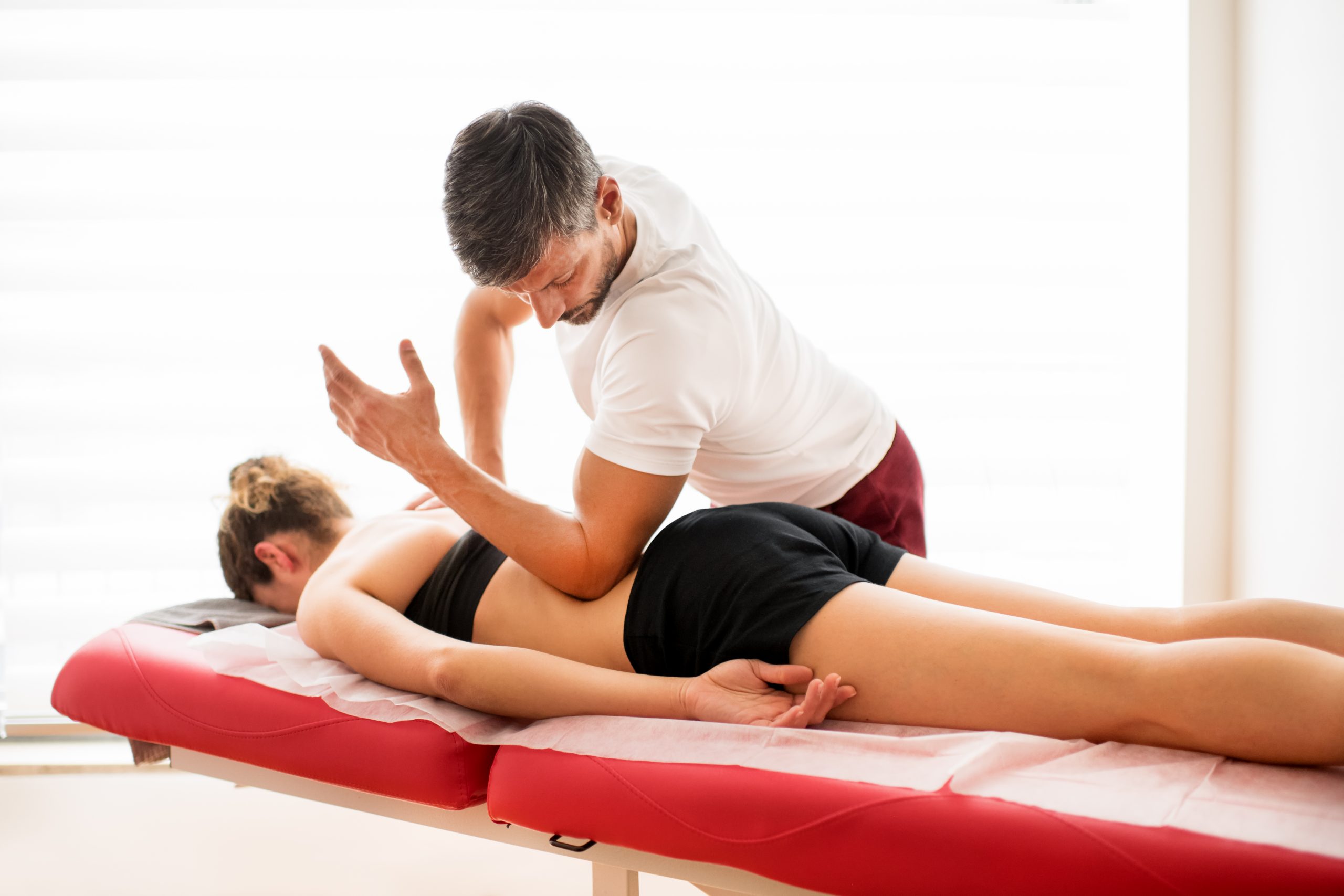
Osteopathic Manipulative Treatment
Gentle, hands-on treatment that helps to mobilize your joints and release blockages in your fascia, muscles, and ligaments.
Massage Therapy
Massage that helps to reduce tension, strengthen muscles and increase the range of motion of your joints.
Craniosacral Therapy
Therapeutic treatment that uses light pressure on selected points around to relieve pain caused by compression
Visceral Manipulation
Manual therapy focused on mobility restrictions of abdominal organs and surrounding connective tissue.
Pediatric Osteopathy
Curative and preventive therapy that treats minor dysfunctions before they can cause obvious symptoms.
Osteopathy For Pregnancy
Osteopathic treatment during pregnancy helps relieve the pain and tension that builds up in the body during pregnancy.
